
How to Choose Pad Mounted Transformer?
Table of Contents Selecting the right pad-mounted transformer requires careful consideration of several critical
ELECTRIC, WITH AN EDGE
An 800 kva transformer is an electrical device that changes the current or voltage in a circuit to provide power to electric motors, lighting, and other loads. The device is used in many household appliances such as space heaters, ovens, washers, and dryers.
There are four main types of Transformers: single-phase transformers, three-phase transformers, thyristor motor starters (back-fed thyristors), and synchronization converters.
A transformer is a device that changes the electric current or voltage it receives into the proper amount for powering different electric devices including motors. A transformer is made up of two separate coils of wire called a primary and secondary circuit. The primary coil is the power source.
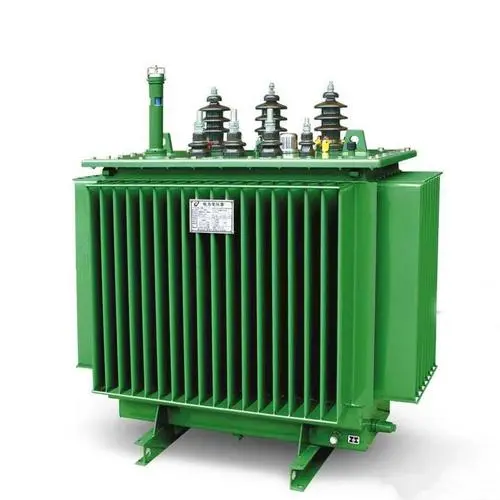
When the switch for the primary circuit is turned on, current flows through the wire creating a magnetic field. This field passes through the secondary coil and induces an electric charge into it. A transformer provides several different voltages from one power source by making use of its many coils.
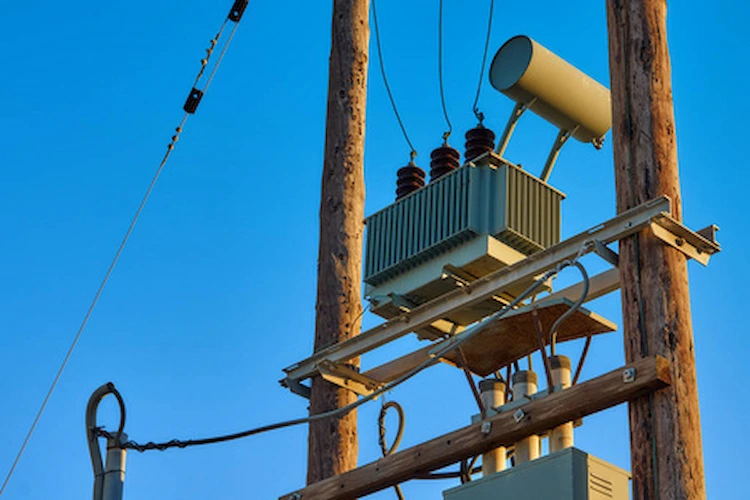
An 800kVA transformer sometimes referred to as a 3-phase power transformer, is used to transform the single-phase alternating current into three phases of alternating current. Three-phase alternating current increases efficiency because each of the three active conductors can deliver its full electrical power in each cycle, efficiently sharing the load during different parts of the cycle.
The high voltage output is typically 320 kV with a conductor primary and secondary winding on either side of it. High voltage circuits rely on oil and gas-insulated switches for protection against electrical sparks but use thyristors for more reliable control at lower voltages. 800kVA transformers can be located near the load or as near to the source as is practical.
800kVA transformers are able to handle high power, but require a large amount of land area based on their weight and size. The transformers are often installed on concrete foundations with a steel structure. They must be mounted on an underground vault and a high level of maintenance is required.
The length of the substation will also increase due to the increased length of primary wire required to reach certain distances and secondary windings will also be larger due to increased current flow requirements. The efficiency of the 800kVA transformer increases when it is closer to its loads, making this type of transformer ideal for HVAC loads in commercial buildings.
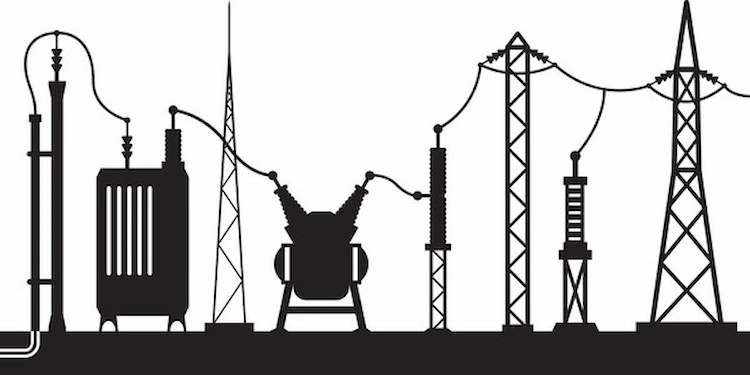
800kVA transformers are used throughout the world. They are used in many substation installations, as well as in high-power appliance circuits and smaller utility distribution systems.
In case of a power failure, it is possible to bypass the overload using a fast-acting switch. Whenever any fault occurs in the system, the windings of the transformer are connected to each other and provide a continuous supply of power to the load. An 800kVA transformer should be continuously monitored for performance by an expert technician.
The advantage of three-phase power is its ability to provide three-phase electricity for powering motors and generators at a higher efficiency than single-phase power can achieve alone. The efficiency of a generator is increased by using the same amount of fuel and oil to produce three times as much power. This is achieved because, in each phase, each phase conductor can deliver its full power in each cycle, thus efficiently sharing the load between them.
The high voltage output is typically 320 kV with a conductor primary and secondary winding on either side of it. High voltage circuits rely on oil and gas-insulated switches for protection against electrical sparks but use thyristors for more reliable control at lower voltages. 800kVA transformers can be located near the load or as near to the source as is practical.
Power Transformer converts high voltage electrical energy to a lower voltage for use with household appliances. Transformers are usually made from either coil of wire or thin sheets of metal called laminations.
Power transformers supply energy from the power station to homes and businesses where electricity is in demand. Transformers vary in size depending on the amount of power they are supplying.
The purpose of a power transformer is to reduce the voltage, typically speaking, at which electric current is converted and delivered–either to another part of the grid (step-down) or back into households (step-up). Power transformers convert high voltage electrical energy into a low voltage that’s safe for use with home appliances and electronics.
Most power transformers deliver electricity at 230/400 volts, although more powerful ones can deliver up to at least 3000 volts, and smaller versions can deliver from 1.5kv to as much as 8kv. Power transformers are classified by the amount of power they carry and the amount of current they carry (called current). That is how many kilowatts (kW) of power transformer capacity that particular transformer has. Power transformer manufacturers generally measure output in kW units.
Most power transformers are used in high voltage transmission lines, which for the most part are located on the ground. On these lines, the transformers step up or down the voltage of the electrical current.
High voltage transmission lines carry a long-distance and deliver a large amount of energy to consumers. The transformers that carry this power must be able to step-up or step-down energy (voltage) levels quickly while keeping electricity flowing smoothly. They must also be able to handle huge amounts of electricity without overloading or shutting down – even when they are not functioning at full capacity. The most common type of transformer is the power transformer which changes electric current into high voltage used in the transmission system and low voltage used in the distribution system.
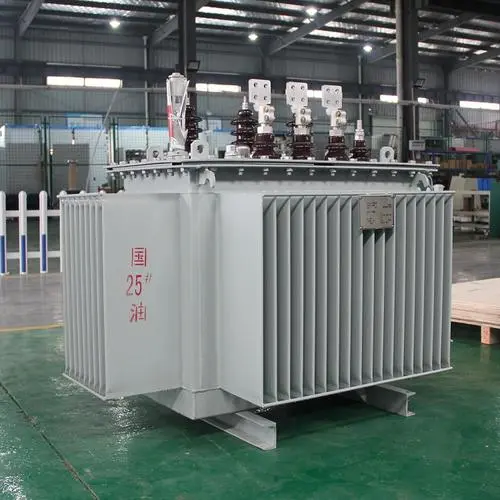
There are two basic types of 800 kVA transformer. The first is a step-down transformer with a primary rating that has, typically, increased to have higher voltages. These transformers have an HV terminal which can be directly connected to the power grid to convert AC current into three-phase 60Hz power.
The second type of 800 kVA transformer is called a single-phase transformer. These windings are separate from each other and these coils have the same voltage as each other at any given point within the coil because these coils do not use steps in their winding as the step-down transformers do. These transformers are typically used in AC applications where their high-voltage terminals are used in DC circuits. They are also used with single voltage PSUs, UPS, etc.
800 kVA Step-down transformer, also known as a Synchronous Transformer is designed to step up the voltage of an existing three-phase AC that comes from a utility to supply electrical power in a home or building. The electrical energy entering the step-down transformer at the HV terminal is converted into three-phase alternating current power at the I & II terminals. To control the I & II terminals, each terminal is equipped with its own split busbar switch controlled by an additional circuit breaker.
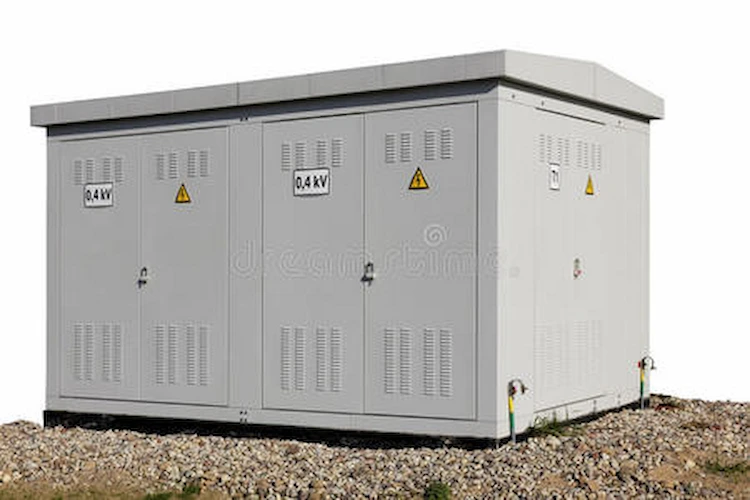
An 800 kVA transformer is a large capacity power supply. It can be used to supply power to an industrial or commercial installation, or where there is a requirement for many electrical devices to be supplied by one source. An 800 kVA is the standard size of a transformer serving up to 2000 homes or 1000 businesses in some countries.
There could be various reasons you might need an 800 kVA transformer. Your property requires more than 500kV of power but less than 2500kV and lives on a typical suburban grid. You have an industrial or commercial site with a requirement for high power but no ability to source the power through your local distribution grid. Some of your power needs are in excess of 1000kV but less than 2500kV and live on a typical suburban grid. You have an industrial or commercial site that requires more than 1000 kV but less than 2500 kV. Some of the usefulness of having an 800 kV transformer will depend on how you intend to use it, and what you intend to use it for.
There are standards that provide the minimum voltage, frequency, and phase relations that are required to ensure that the electrical power can safely be transmitted between transformer banks, and still allows safe mechanical operations with all loads on the output (including back feed). This is known as Class E Interconnection. It is measured in kV/m at a primary current of 6A and a primary voltage of 1000V. The secondary network consists of parallel circuits of windings and associated control circuits such as transformers, voltmeters, etc.
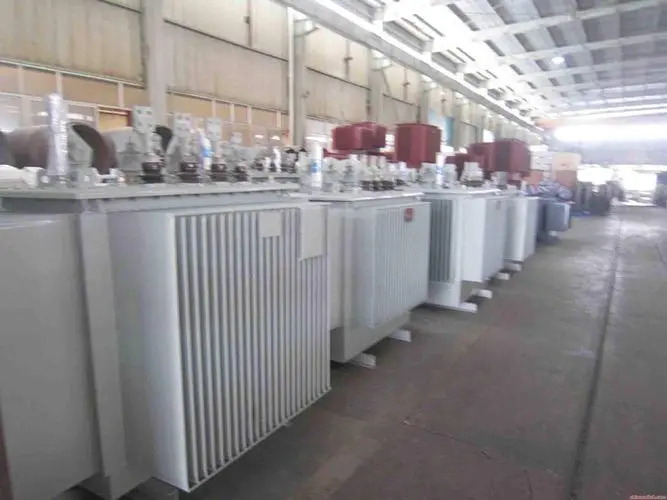
An 800 kVA transformer is a power transformer designed for use in line with overhead lines and insulated by 500 kV as a minimum. It is used to transfer electrical energy from an overhead line to a distribution system. The rating is based on the continuous power input in watts from the source and the current output voltage, determined by the phase-to-phase voltage ratio on the primary windings of the transformer.
800 kVA transformers are available in sizes ranging from 60 to 1100 MW and are rated by a number of parameters, including voltage ratio. Such transformers are used to supply power to customers on the distribution grid or supply services such as water and sewer along with providing protection.
The term ” 800 kVA transformer” is also used, as a general term, for larger-capacity units that are sized according to lengths of line, which is only about 20% of the rated capacity, for use in overhead lines [this is common on railway electrification]. This use of the term does not conform to accepted standards. Such transformers do not exist in real life, since current-rated is too high for operating in overhead lines.
The capacity of an 800 kVA transformer in watts is determined by the following formula. For example, a 60-MW transformer rated 1:1, 2-pole on the primary side will have a load rating of 480 kVA, or it can be rated at 180 kW if its rating is 1:1 and 2 pole on the secondary side. And if there’s a load placed on that secondary winding, then only 480/180 = 2.2 MW will be transferred to that load.
Max Rated Voltage at Full Load: 32kV (For 34kV rated equipment) or 34kV (For 31kV rated equipment) Max Rated Current at Full Load: 21MVA (32 kV), 16MVA (34 kV), 10.5MVA (31 kV) Low Voltage Limit: 4kV Capacitance Current Limit: 100A (at full load) Rise Rate Maximum: 0.
5kV/μs (For 34kV rated equipment) or 0.75kV/μs (For 31 kV rated equipment) No Load Voltage: 2.5 times rated full load voltage ( 31 kV units) / 1.8 times rated full load voltage ( 32 kV units ) No Load Current: 85% of the nameplate rating Frequency Range: 50 Hz to 60 Hz Insulation Resistance: 100MΩ @ 500VDC, 1000VDC surge Voltage at Terminal: 1.55x rated full load voltage
When you are in the market for an 800 kVA transformer, there are a few important factors that you need to consider before making your purchase. These include power quality, weight, size, and safety. Fortunately, when it comes to choosing a transformer from Daelim, you can rest easy because if one of these elements is not up to your standards, then we have something else that will meet your needs.
Daelim has been an industry leader for many decades with a reputation for excellence in the field of electrical equipment manufacturing. Therefore, each product is not only of superior quality but safety as well.
Power quality is a major issue that needs to be considered when you are choosing your 800 kVA transformer. Since the transformer is going to be used in an indoor environment, you need power that will provide efficiency and reliability. In addition, you will also need a power supply that prevents voltage fluctuations to ensure that your equipment will function without any problems at all. Daelim offers reliable and efficient operations. This transformer also provides two different profiles for various applications.
Download Resource

Table of Contents Selecting the right pad-mounted transformer requires careful consideration of several critical

The primary function of the pad mounted transformer is to serve as a critical distribution

A pad mounted transformer operates through electromagnetic induction, serving as a crucial distribution component that
After filling in the contact information, you can download the PDF.